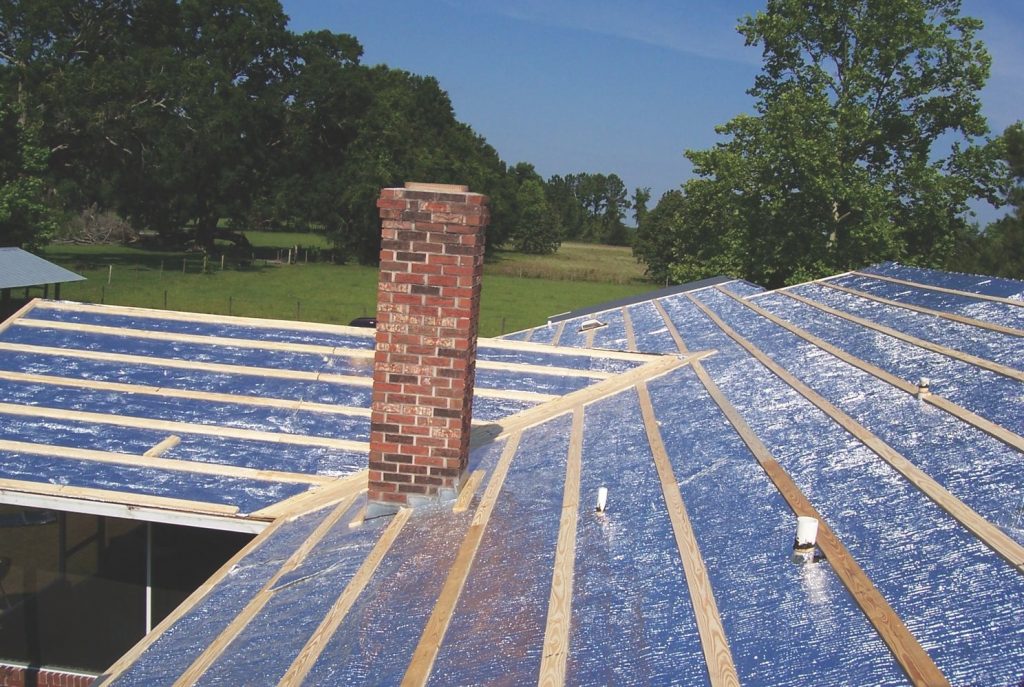Flat Roof Insulation Thickness Building Regulations

Below that there are more detailed guides to the thermal insulation parts of building regulations standards.
Flat roof insulation thickness building regulations. The extent to which the work on the element is controlled and the amount of upgrading needed depends on the particular circumstances of the thermal element. The actual specification required for a compliant building and necessary building fabric u value targets may vary depending on the actual overall proposed specification and the outcome of the energy. The type of insulation required will depend on the immediate environment in your area and specific building regulations. All roofs should be insulated.
To comply with part l of the building regulations 2010 all roofs to rooms except those in unheated buildings should be thermally insulated to a maximum u value of of 0 18 w m k. Used within a bauder waterproofing system our products meet current uk building regulations part b for fire protection. The below drawing shows the u value requirements set out for new properties in the building regulations for each element walls floors and roofs. Warm deck the type of insulation for this is usually of a rigid type and the thickness will vary depending on the manufacturer s specifications.
Summary of flat roof building regulations. U value of a flat roof. Ventilation is required for these roofs. This is placed over the roof joists and an board normally external ply is laid on top.
Hitting amazing levels of 0 13w m will need 300mm of mineral wool or 180mm of rigid foam. The thickness of insulation will depend on the type of insulant. If you are replacing more than 25 of the roofing area then you will also need to replace the thermal insulation. Walls are defined by regulation 2 3 of the building regulations 2010 as being thermal elements.
A lower u. Take our online course on the building regulations and standards. Insulation can also help to limit condensation and contribute to acoustic insulation depending on the type of insulation used. Insulation between flat roof joists 50mm air gap above decking surrey building control guidance note number 13.
Roof insulation thickness for building regulations will vary depending on the type of insulation used. Flat roofing insulation will have a huge impact on the energy efficiency of your property. Different insulants have different efficiencies and performance levels which affects the thickness required to meet building regulations. Depending on where you live in the uk snowfall must also sometimes be considered in determining the gradient of the fall.














































